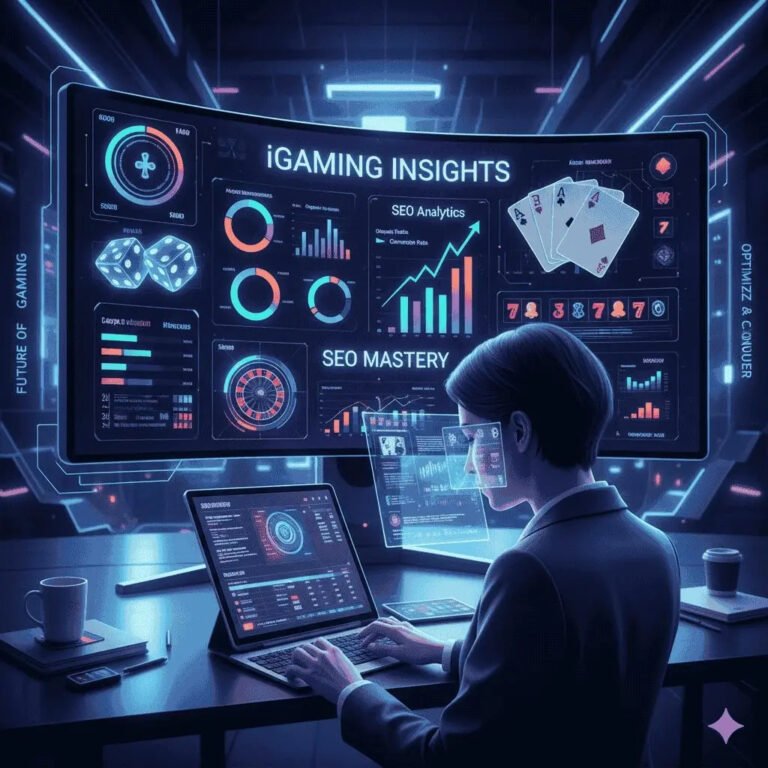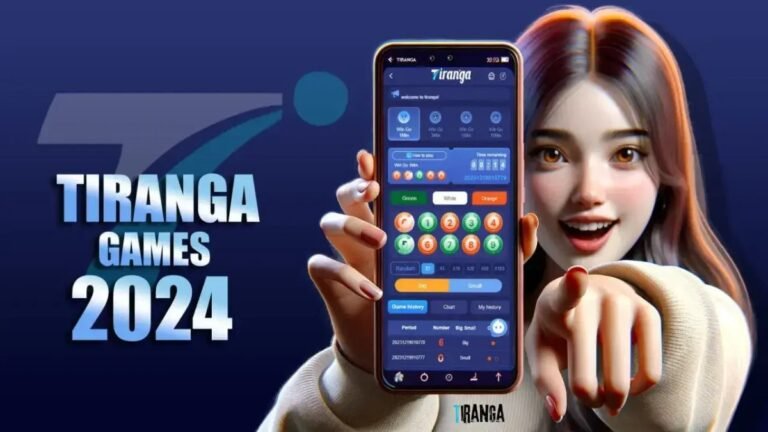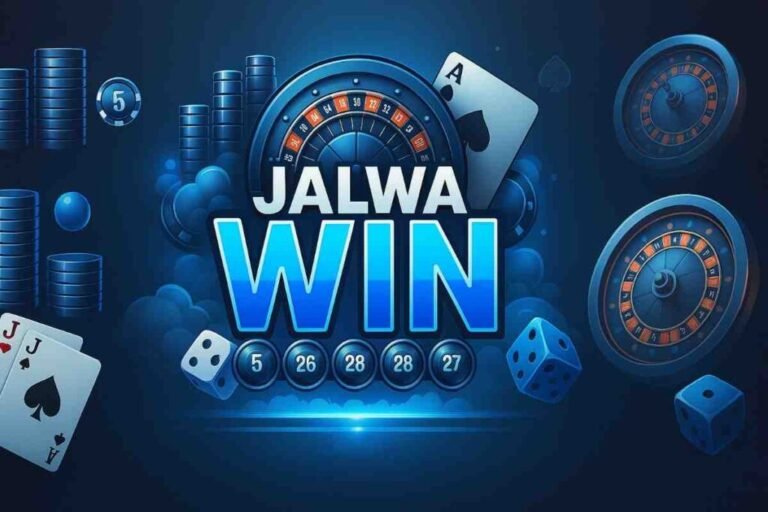In the expanding realm of NFT marketplace development, the standards you choose define how your digital assets behave, interact, and scale. Two leading contenders, ERC-721 and ERC-1155, have transformed how creators and collectors experience tokenized assets. But which one best suits your marketplace vision?
What is the ERC-721: The Pioneer of Uniqueness
ERC-721 introduced the concept of true digital ownership on the Ethereum blockchain. Each token is unique, non-interchangeable, and distinct from another. This makes ERC-721 the go-to choice for collectibles, art, and real estate NFTs, where individuality defines value.
Core Strengths of ERC-721:
-
Ideal for NFT development services focused on unique assets.
-
Perfect for art, luxury goods, and single-edition collectibles.
-
Strong ecosystem support and wide wallet compatibility.
However, ERC-721 comes with limitations. Its design handles one token type per smart contract, which can make NFT platform development and deployment costly and less efficient when managing bulk assets.
What is the ERC-1155: The Standard of Flexibility
ERC-1155 redefined efficiency by enabling multiple token types, both fungible and non-fungible, within a single contract. It combines the power of ERC-20 and ERC-721, making it the most scalable option for gaming, metaverse assets, and marketplaces that handle vast token variations.
Why ERC-1155 Stands Out:
-
Supports batch transfers, reducing gas fees significantly.
-
Suitable for NFT marketplace development involving diverse asset types.
-
Easier management of large inventories and game-based NFTs.
Its multi-token architecture offers businesses a competitive edge, especially for those aiming to develop immersive virtual ecosystems or NFT marketplace solutions with efficient asset handling.
ERC-721 vs ERC-1155: A Direct Comparison
ERC-721 is ideal for unique, high-value assets like art and collectibles but comes with higher costs and limited flexibility. In contrast, ERC-1155 supports both fungible and non-fungible tokens, enabling batch transfers and lower gas fees. Its multi-token design makes it perfect for gaming, metaverse, and large-scale NFT projects.
The choice ultimately depends on your marketplace’s goals. If your project focuses on rare digital collectibles, ERC-721 ensures individuality and simplicity. However, if scalability and flexibility are key drivers for your ecosystem, ERC-1155 delivers unmatched performance.
How JustTry Technologies Empowers NFT Innovation
As a leading NFT marketplace development company, JustTry Technologies specializes in creating dynamic, scalable blockchain ecosystems. Whether your vision aligns with ERC-721’s uniqueness or ERC-1155’s versatility, JustTry Technologies delivers NFT development services that ensure seamless integration, security, and growth potential.
Our Expertise Covers:
-
End-to-end NFT marketplace design and deployment.
-
Smart contract auditing for ERC standards.
-
Token architecture tailored to business requirements.
By merging creativity with code, JustTry Technologies ensures that your marketplace not only meets current demands but also adapts to future blockchain evolutions.
Final thought
Choosing between ERC-721 and ERC-1155 isn’t just a technical decision; it’s a strategic one. The right token standard determines how efficiently your assets trade, how your community engages, and how scalable your platform becomes over time.
If your vision emphasizes uniqueness, ERC-721 provides unmatched clarity and ownership. If innovation and scalability define your project, ERC-1155 opens the door to limitless potential.
So, in the evolving world of NFT platform development and deployment, which standard will shape your next big success story?





